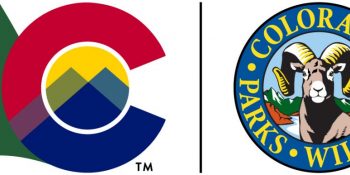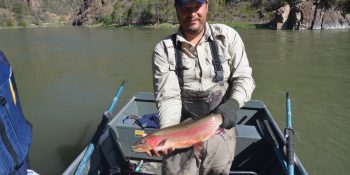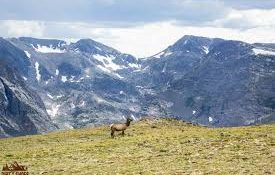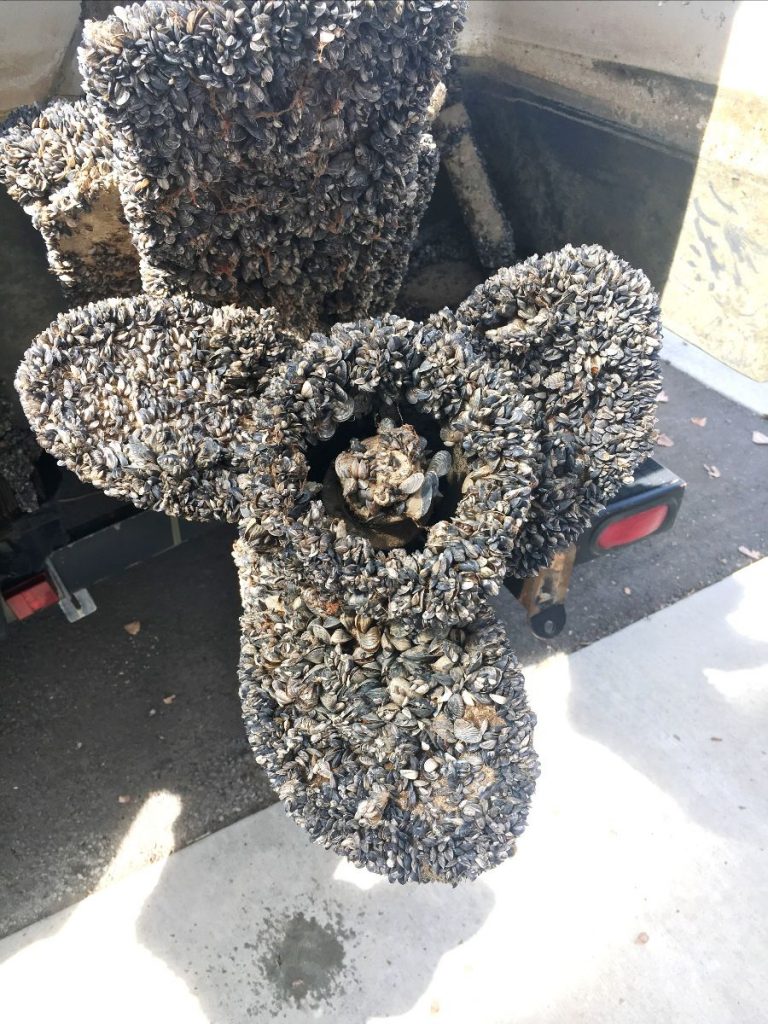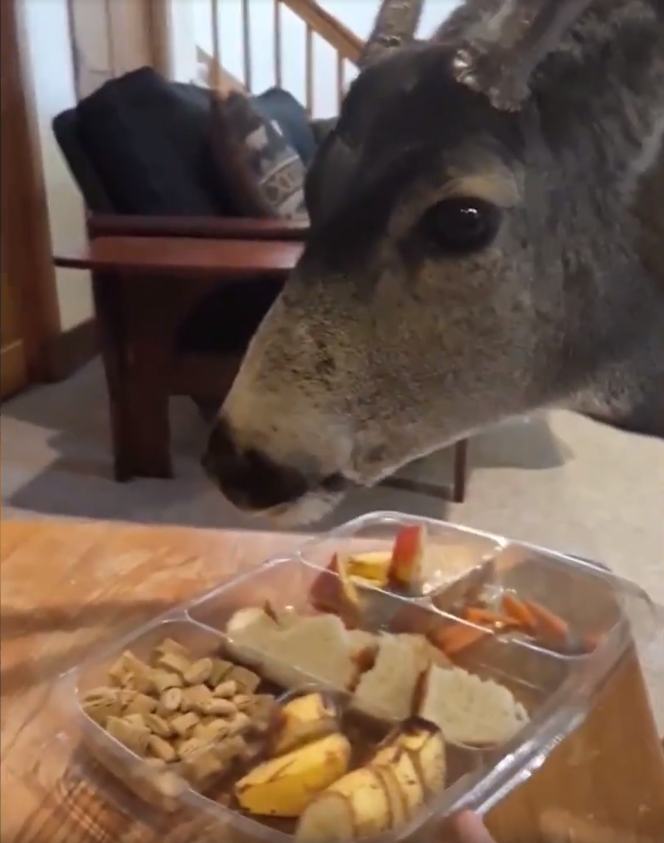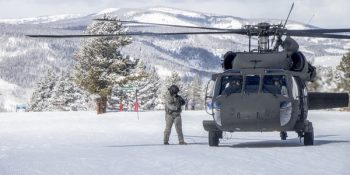Colorado Parks and Wildlife biologists and wildlife officers have launched a five-year elk collaring study to obtain data that will help to better manage the Clear Creek elk herd.
Over 40 GPS satellite collars will be deployed on cow (female) elk across the herd’s range to better understand elk movements, reproductive rates, migration patterns and habitat use.
Capture work will be accomplished with helicopters and ground darting and trapping. The location information from the GPS collars will help inform wildlife managers of possible management strategies related to herd management plan objectives and habitat use. Elk locations will also aid land management agencies in land use planning decisions.
Project work is being done in collaboration with private landowners, city and county open space departments (Jefferson and Boulder Counties), United States Forest Service and the U.S. Fish and Wildlife Service.
“This project will help inform local management decisions. What we’ve noticed in the last couple of years is that elk are spending more time on open space and golf courses,” said biologist Ben Kraft, who is spearheading this project. “This project will help develop management strategies at both the local and herd level. Determining when and where elk occur and how many will there are is the first step in mitigating some of the issues CPW and land managers and owners are currently experiencing.”
Capture work started in Golden on Dec. 19 on the Club at Rolling Hills and Fossil Trace Golf Club. Work then shifted to Rocky Flats with the USFWS and will move along to the other locations. The team is hopeful to get all of the collars out by the end of March 2021.
The main purpose of the collars is to help us collect baseline data on elk distribution and obtain better estimates of vital rates on the herd.
“CPW hasn’t conducted a collar study on this elk herd,” Kraft said. “What we know at this point is that distribution is changing, so we are trying to get a handle on that change and the interaction with land use and the Front Range’s growing human population.
“As previously mentioned, another goal of this project is gaining a better understanding of demographics of the herd. As is the usual practice in most areas of the state, we can’t fly to classify and survey these elk, so using collared elk as “Judas” elk when we conduct ground surveys in Februarys will give us a better idea of recruitment and in which direction the population is trending.”
The collars will give locations twice a day, but if we have other management objectives, say we are looking at how trails impact distribution, then we can get more frequent data in those areas. It will be tailored to the specific sub-herds we are investigating.
Previous studies collaring elk in Estes Park and Rabbit Mountain on Boulder County Open Space have taught us a lot about distribution and land use.
“We’ve learned not only what the current distribution is, but we’ve seen shifts in elk distribution in real time as land use has changed,” Kraft said. “We know that elk are really adaptable to all kinds of factors on the landscape like recreation, development and open space areas have become a really big magnet for elk herds.”
Deciding on what management tactics to implement once we get a clear picture from the data can be a hard question to address.
Hunting is our No. 1 management tool, and it has proven very effective in urban areas and on open space.
“We’ve done that up north in Boulder County on Rabbit Mountain and have been very successful implementing those kinds of public harvest programs,” Kraft said. “So I think in these areas, and specifically on Jefferson County Open Space, I think we can implement some of those management strategies and the main push for that would be to redistribute elk back to the west so they are not forming resident herds in the foothills along urban interface areas. Trying to get them to get back into more of a natural movement and migration pattern is the primary goal.”
This growing urban elk herd creates human safety concerns, causes damage to agricultural operations, presents challenges for herd and disease management and we are seeing habitat degradation across the landscape. Damage done by these urban elk herds can be costly.
The golf courses in Golden are seeing tens of thousands of dollars in damage from the elk each year, as over 100 elk feed on the courses year-round. Some Golden residents have brought concerns forward to CPW staff about the safety of their children, pets, landscaping and traffic safety when elk are in their neighborhoods.
“As the elk continue to move east, there is growing concern for human safety,” said Wildlife Officer Jerrie McKee. “I-70 lies just a half mile to the east of where the elk now commonly travel.”
And that takes us back to one of the primary objectives of this study – distribution. What can we learn from their movement and can we try to redistribute the elk back to the west out of town where it will be safer for both them and the people.
Watch as crews place the first collars out on the elk for the study
SPREAD THE NEWS
COMMENT, Like, Follow & SHARE @I70Scout
CURRENT EDITION
WEATHER & TRAFFIC PUZZLES RECENT NEWS ADVERTISE WITH US
